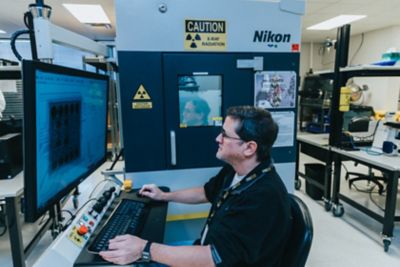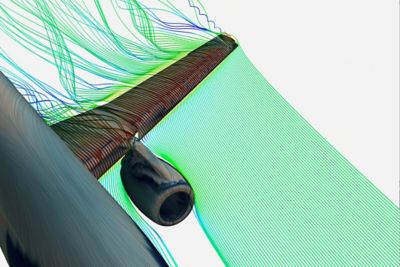“The advanced reliability methods available in Ansys optiSLang enable Mercedes-Benz AG to make a safety statement for Level 3 ADAS using scenario-based simulation. Thanks to the efficient and robust methods, the number of necessary traffic simulations could be dramatically reduced in comparison to Monte Carlo Sampling. The Ansys optiSLang postprocessing, with which detailed analyzes of the results could be carried out, should also be emphasized.”
—Maximilian Rasch ADAS validation engineer / Mercedes-Benz AG Zafer
—Kayatas ADAS validation engineer / Mercedes-Benz AG










